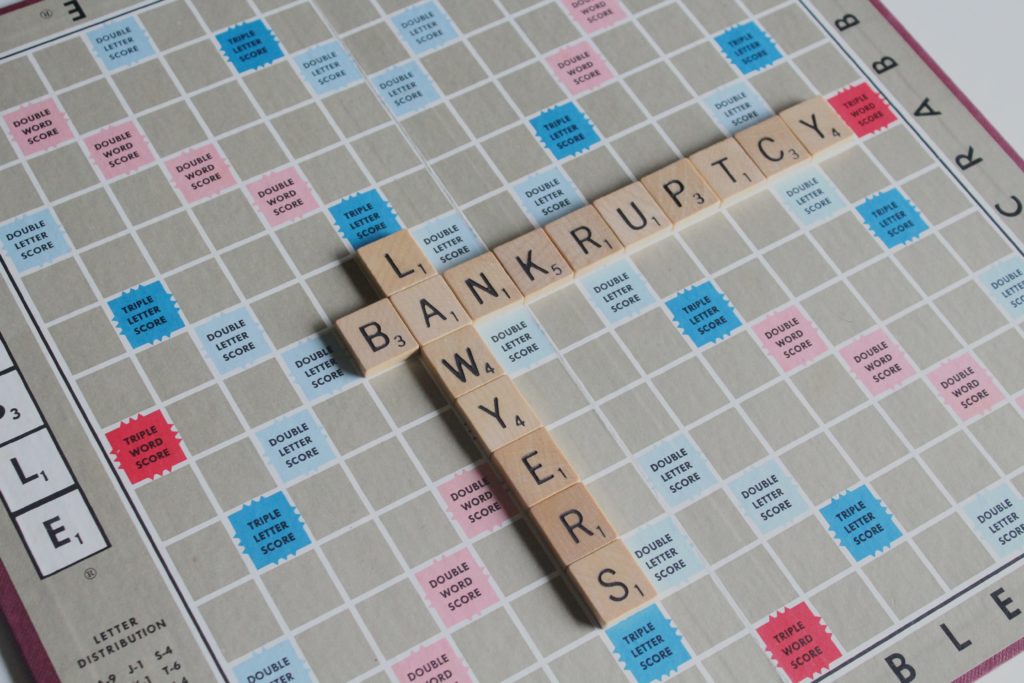By Kyriaki Christodoulou and Matthew McCarthy

On September 15, 2008, Lehman Brothers Holding Inc. filed for bankruptcy under chapter 11 of the United States Bankruptcy Code. It was only fitting that one of the largest financial institutions in the world would be the focal point of the largest bankruptcy proceeding in recent U.S. history, totaling approximately $619 billion in debt. Lehman’s fall from grace created a domino effect of one financial disaster after the other, that would later be known as the Global Financial Crisis of 2008.
In a chapter 11 liquidation case, a debtor (like Lehman) files a plan of liquidation which sets forth the details of how the debtor’s creditors will be paid. The plan provides for either the debtor or a third party to act as a disbursing agent and to make distributions provided for under the plan. This option is typically used only if the scope of the plan’s implementation is limited to making distributions. On the other hand, if significant assets remain to be liquidated, the plan usually provides for the creation of one or more trusts to protect and liquidate the debtor’s remaining assets.[1]
For Lehman, lawyers, financial experts, “money managers”, and accountants -worldwide- were retained to muster up Lehman’s assets to pay off these creditors. As Lucca De Paoli and Jeremy Hill put it in a Bloomberg article published in May 2022, “the spirit of a bank, even in life, is debt, and debts don’t settle easily into a grave. Most of the assets banks own are the debts of others: the mortgages, commercial loans…On the other side, of course, banks owe to…a long list of creditors.”[2] Fourteen years later, these select professionals continue to liquidate the bank’s assets to satisfy creditors’ claims, as the roughly 40,000[3] strong workforce which Lehman once had, has moved on for good.
Liquidation partly involves selling off the assets in sales approved by the bankruptcy court. For example, Judge Peck, the federal judge who oversaw Lehman’s collapse, approved the hasty sale of the bank’s brokerage unit to Barclays for $1.75 billion. This deal ensured the “orderly transfer of hundreds of thousands of customer accounts, saved about 10,000 jobs on Wall Street, and possibly prevented the global financial system from spiraling further out of control.”[4] In addition to this sale, Lehman’s liquidating agents were charged with determining the worth of mortgages in a housing crisis, the price tag of the institution’s intellectual property and trade name, and the very real possibility that the value of its financial assets would improve with time, unlike the value of physical assets which rot like a banana in the blink of an eye. A fire-sale of assets, therefore, would not necessarily add to the pot of money to creditors.
“What the U.S. proceeding did on Day 1 was say, ‘We’re going to preserve the assets. We’re not going to fire-sale these assets today,’” says Ehrmann (CFO of Spiegel Brands). “If we fire-sale them, we’re going to get cents on the dollar.” Instead, they decided to wait for the crisis to end and work on the assets, even if the process took years. The strategy worked. In the UK, for example, Rattigan [assigned to manage the Lehman wreckage by his law firm] says he eventually managed to sell a clutch of commercial real estate loans valued at £50 million ($62 million) in the heat of the crisis for more than three times that amount.[5]
The story of the Lehman Brothers’ collapse is intricate, so intricate in fact, that it defied its own expiration date. Lehman’s afterlife is a testament to the intellectual minds who managed to squeeze out every last drop of its value, demonstrating to the world the power and effect of a bankruptcy. Lehman’s enduring legacy, perhaps one that will last in perpetuity, makes me wonder, was Lehman really too big to fail?
[1] https://www.westlaw.com/w-001-6348?transitionType=Default&contextData=(sc.Default)&VR=3.0&RS=cblt1.0
[2] https://www.bloomberg.com/features/2022-lehman-brothers-collapse-plan-repay-after-bankruptcy/
[3] https://www.linkedin.com/pulse/lehman-brothers-bear-stearns-employed-40000-people-banerjee-cfa
[4] https://www.bloomberg.com/features/2022-lehman-brothers-collapse-plan-repay-after-bankruptcy/
[5] https://www.bloomberg.com/features/2022-lehman-brothers-collapse-plan-repay-after-bankruptcy/
This information is the most up to date news available as of the date posted. Please be advised that any information posted on the KI Legal Blog or Social Channels is being supplied for informational purposes only and is subject to change at any time. For more information, and clarity surrounding your individual organization or current situation, contact a member of the KI Legal team.
_____________________________________________________________________________________________
KI Legal focuses on guiding companies and businesses throughout the entire legal spectrum. KI Legal’s services generally fall under three broad-based practice group areas: Transactions, Litigation and General Counsel. Its extensive client base is primarily made up of real estate developers, managers, owners and operators, lending institutions, restaurant and hospitality groups, construction companies, investment funds, and asset management firms. KI Legal’s unwavering reputation for diligent and thoughtful representation has been established and sustained by its strong team of reputable attorneys and staff. For the latest updates, follow KI Legal on LinkedIn, Facebook, and Instagram. For more information, visit kilegal.com.
The post The Lehman Brothers: Life after Death, I Mean Bankruptcy appeared first on KI Legal.
